Next-Generation ERP Success
Eliminating Painful ERP Failures with Unbiased Client-Side Advisory Services

ERP failure is normalized.
We are Flipping the Script with Practical, Complete, Transformational Guidance.
Whether you're navigating an ERP project for the first time or looking to enhance existing systems, our mission is to provide the right level of expert guidance to ensure your success—from strategy to execution.
Master ERP Success: Proven Strategies to Avoid Implementation Pitfalls
The
HandsFree ERP Success Offers are proven methodologies built on structured best practices and real-world insights to help you
avoid ERP implementation failures.
The Path to ERP Success
Affordable plans
Choose the plan
HandsFree ERP Success Framework Offers
ERP Success Academy (ESA)
$2,498 for Online Course
- 6 Modules-30+ Lessons Online Course
- Practical Advice, Checklists, Plans
- Money Back Guarantee
DISCOVER
Starting at $7500
- Next Generation of Requirements Gathering for ERP+
- Fit & Gap and ROM Budget Estimates - Ready for Board Meeting
- Microsoft Funded Assessment May be Available
Client Side Advising / Consulting
Per Statement of Work
- Advising / Consulting in Business Critical Project Decision Points
- Workshop Format or Tailored to Individual Needs
- Example Services: ERP or Partner Selection


DATA HEALTH CHECK AND ASSESSMENT
Starting $9,000
- Evaluate the quality and readiness of legacy data for ERP migration with Impact Assessment.
- Identify key data sources, structures, and issues.
- Provide recommendations for data cleansing, mapping, and governance.
We offer full Data Migration and Quality Management as well
Brands We Partner With



People all over the world use HandsFree ERP.
Testimonials
“…I would recommend using this application to anyone.”
Unbelievable ERP Offering!
"We can't justify going to RFP with this unbelievable ERP offering!"; this is what we hear from our customers as they experience the personalized gap/fit analysis with our partners, HandsFree ERP. Congratulations Kati Hvidtfeldt and Peter Joeckel for being recognized as the Top ERP Solutions Provider of 2025!

- Kate Atkinson, MBA
Unrivaled Expertise
Congratulations to our partners over at
HandsFree ERP for being recognized by
CIOReview as the Top ERP Solutions Provider of 2025!
Their expertise and methodology is unrivaled, and we are beyond thrilled with the value they are bringing to our customers! HandsFree ERP accelerates the transition process from GP to BC by providing each of our customers with deep insight into solution functionality requirements and a personalized fit/gap analysis.
- Cogsdale Corporation

- Cogsdale Corporation
- Head of ICT Operations
Meeting Tight Timeframes
“Without using GYDE365, there is no way we would’ve been able to meet the tight timeframes that were in place.“
Evaluating Microsoft Dynamics Business Central for Complex Manufacturing
Background
A manufacturing company specializing in large, highly complex, engineer-to-order (ETO) machinery sought to implement Microsoft Dynamics Business Central (BC) as its ERP solution. The business integrates standard equipment, unique components, and process manufacturing in its production and offers installation and servicing for its machinery post-production.
Challenge
As the company progressed with its BC implementation, newly hired resources began questioning whether BC was the optimal solution. Given the company’s intricate manufacturing processes, leadership required a data-driven evaluation to determine the best ERP fit and mitigate risks before full deployment.

Learn more details about ERP
Top FAQs on Enterprise Resource Planning (ERP) and Requirements Gathering
What is an ERP system, and why is it essential for businesses?
ERP (Enterprise Resource Planning) is a software system integrating core business processes such as finance, supply chain, inventory, HR, and operations into a single platform. It helps businesses streamline operations, improve efficiency, and make data-driven decisions by providing real-time visibility across departments.
What is ERP Success Framework?
The Framework HandsFree ERP is using is methodologies and best practices gathered over 30 years of practice experiences. HandsFree ERP structured framework benefits is offered through multiple levels of advice and service: from elite level of community membership as the lowest level of structured engagement, to ESA, to Discover, to custom consultation including ERP and partner selection etc.
What are ERP requirements gathering, and why is it necessary?
ERP requirements gathering identifies and documents business needs before selecting and implementing an ERP system. This step ensures the new system aligns with a company’s workflows, regulatory needs, and strategic goals. Without a structured requirements gathering process, businesses risk choosing an ERP that fails to meet their needs, leading to costly delays, inefficiencies, and frustration.
Why is gathering requirements critical for a successful ERP project?
A well-defined requirements gathering process reduces risk, prevents scope creep, and ensures smooth ERP implementation. It helps businesses:
- Identify key business processes and inefficiencies to be addressed by the ERP.
- Avoid unnecessary customizations by selecting an ERP that fits out-of-the-box.
- Ensure all stakeholders’ needs are met, improving adoption and user satisfaction.
- Set expectations for ERP vendors, leading to more accurate project timelines and costs.
- Identify key business processes and inefficiencies to be addressed by the ERP.
What is a RFP?
A request for proposal (RFP) is a business document that announces a project, describes it, and solicits bids from qualified contractors to complete it. For ERP the traditional way is usually a comprehensive project to map the business needs and requirements for ERP evaluation.
What is GP or Microsoft Dynamics GP?
Microsoft Dynamics GP was the ERP product previously called Great Plains that was acquired by Microsoft more than 20 years ago.
What is AX or Microsoft Dynamics AX?
Microsoft Dynamics AX was the ERP product previously called Axapta that was acquired by Microsoft more than 20 years ago.
What is NAV or Microsoft Dynamics NAV?
Microsoft Dynamics NAV was the ERP product previously called Navision that was acquired by Microsoft more than 20 years ago.
What does end of life mean?
After End of Life, there will be no further product enhancements, regulatory updates, or technical support.
What is Discover Assessment?
It is a web based tool for customer themselves to conduct a comprehensive business needs assessment with an output of fit & gap and rough order of magnitude project and effort estimates.
Why is Microsoft paying the ERP assessment?
Microsoft wants to support the loyal existing customers with an assessment to guide them on their path to potential new solution, and what is takes. Microsoft believes the best way for customers to leverage AI and Co-pilots its through their cloud transition for BC or F&SCM.
Get Notified of New HandsFree ERP Updates:
Sign up for regular updates about HandsFree ERP. We never sell your data or share it with anyone.
Newsletter Subscription
We will get back to you as soon as possible.
Please try again later.

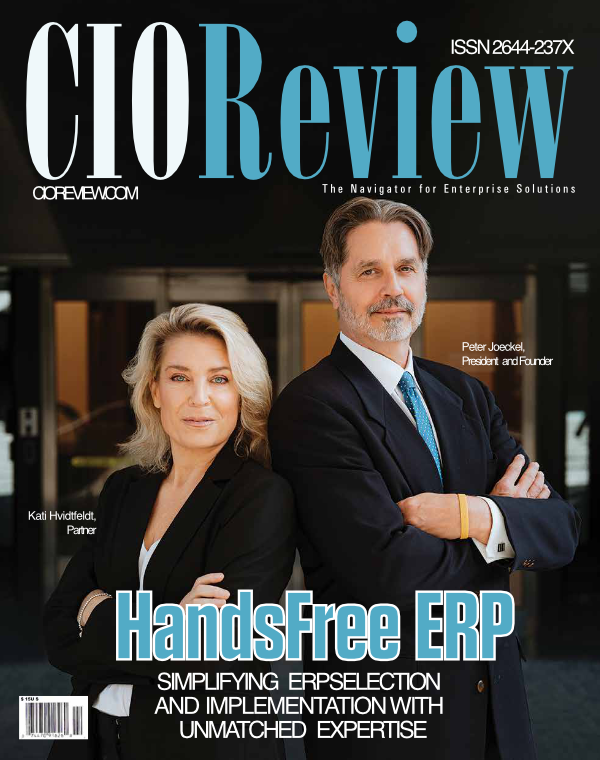
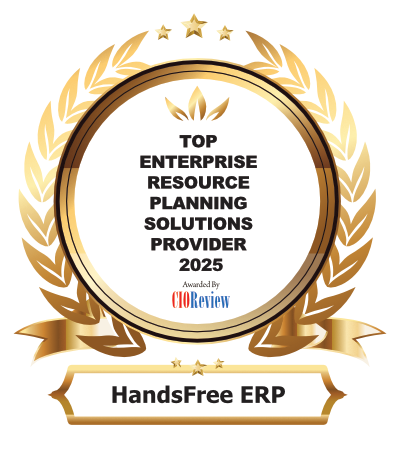

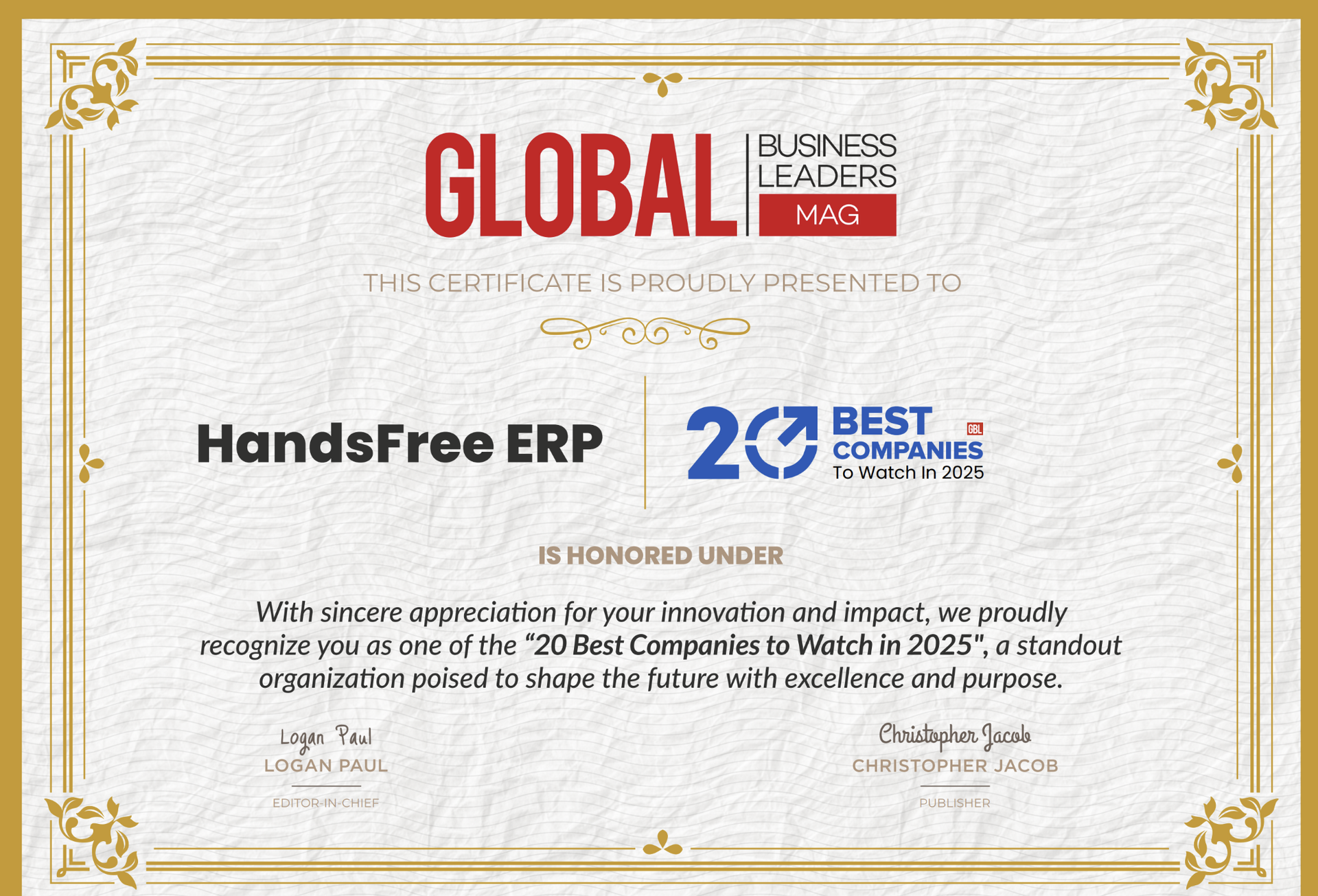
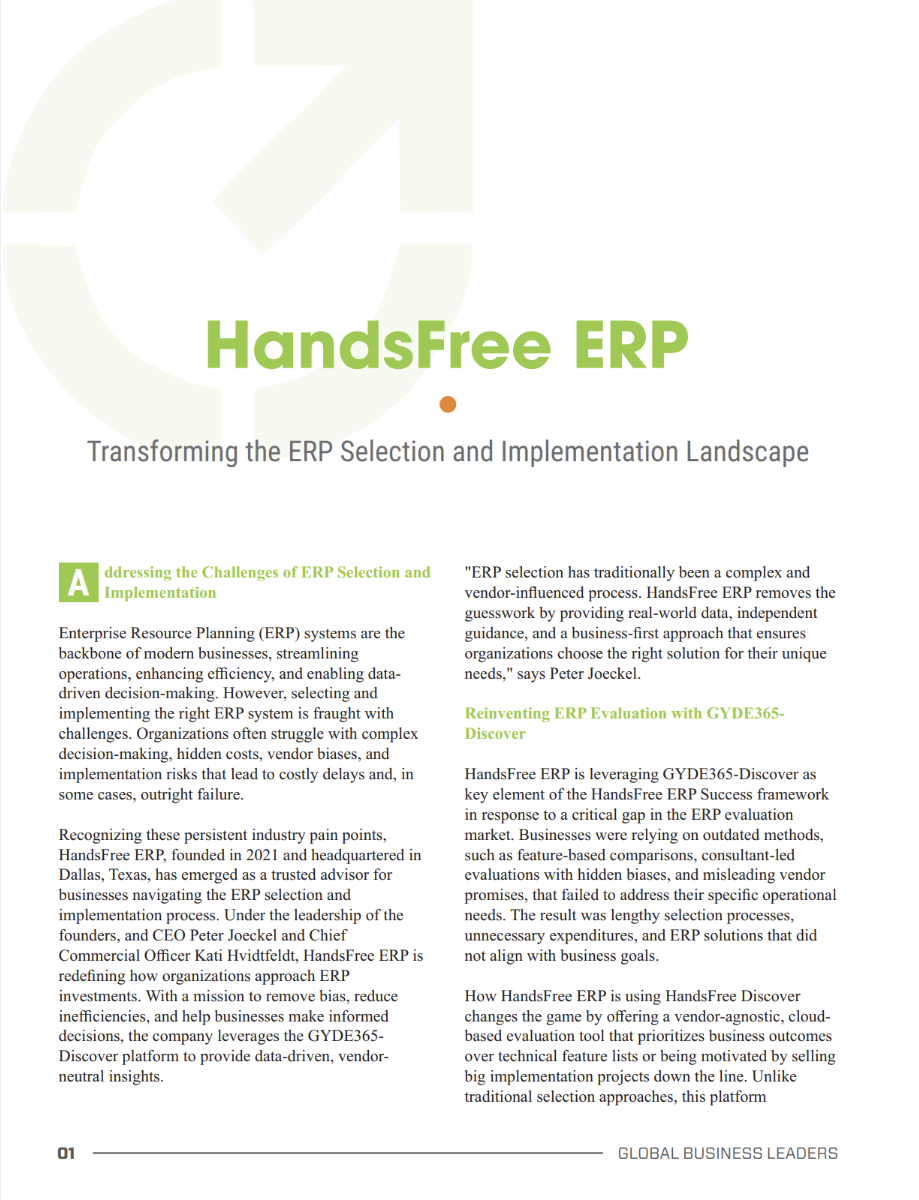
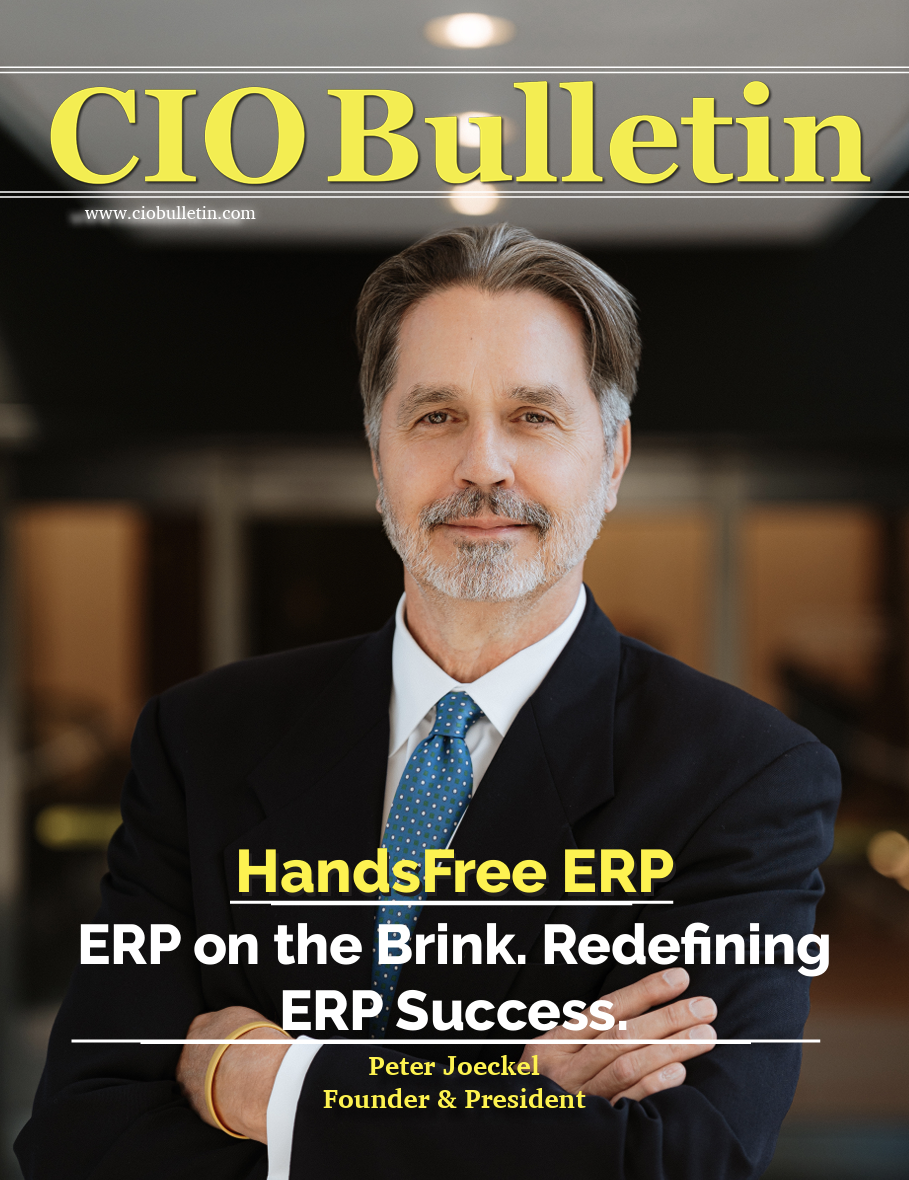
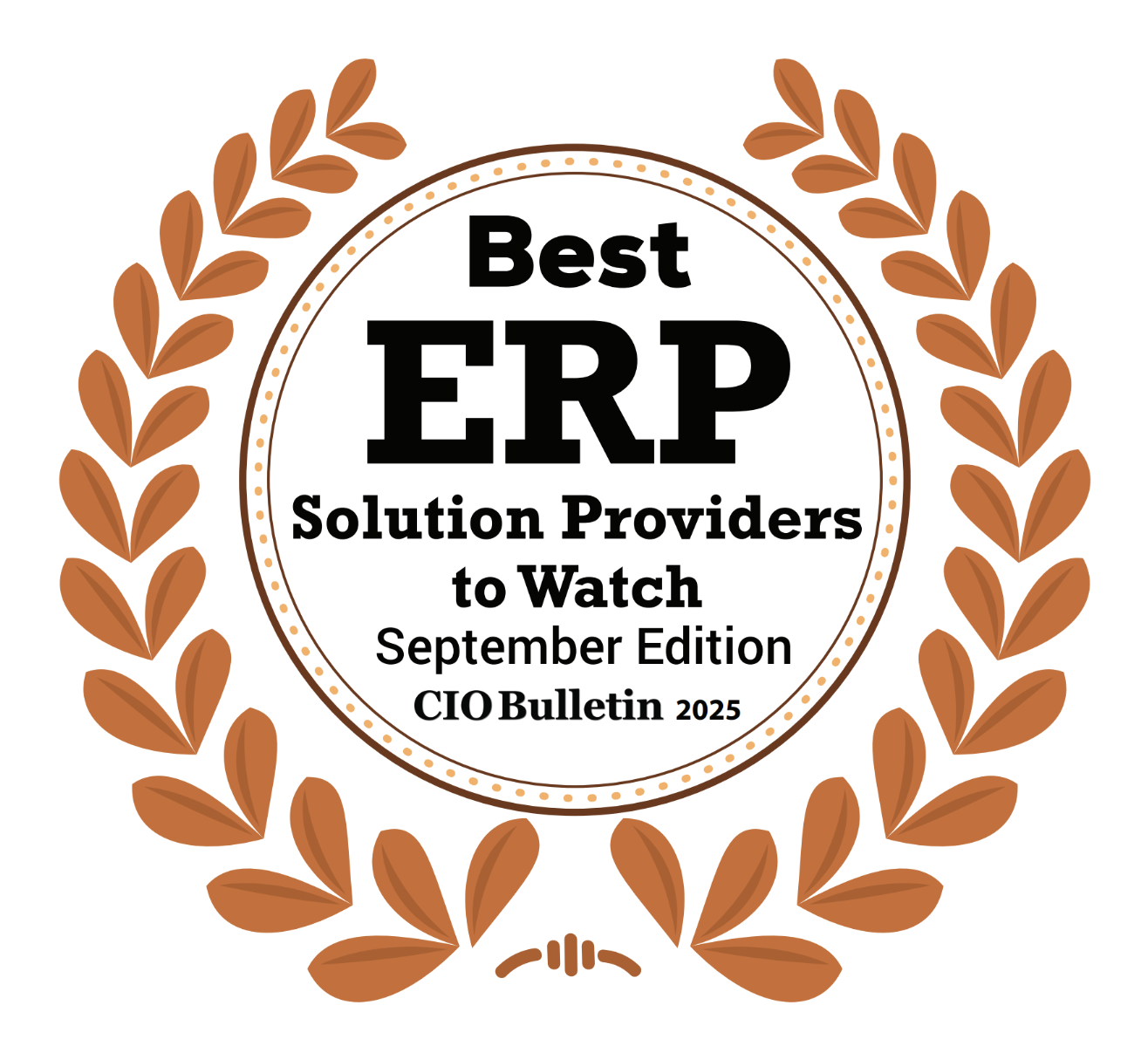
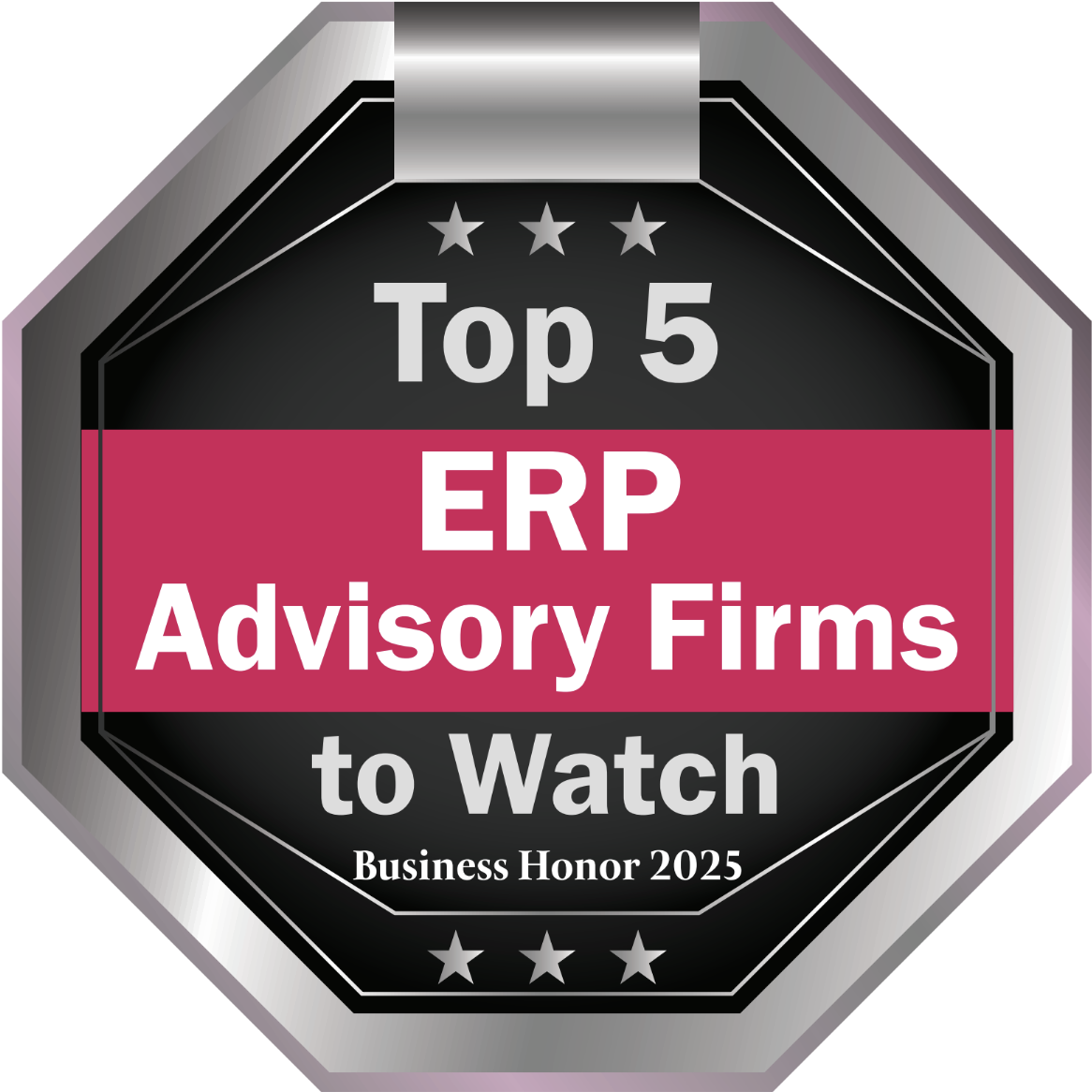

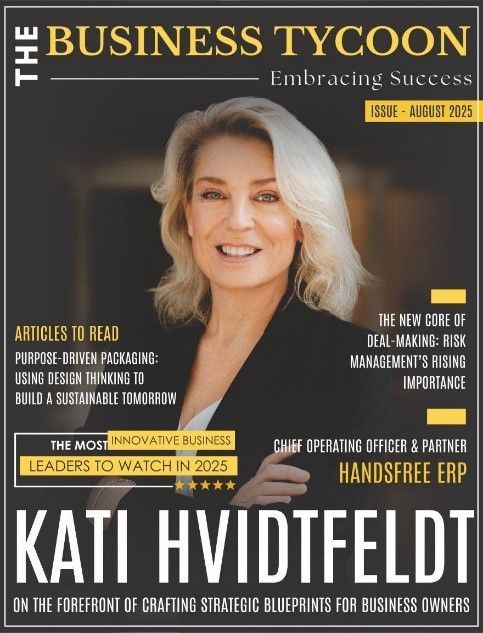
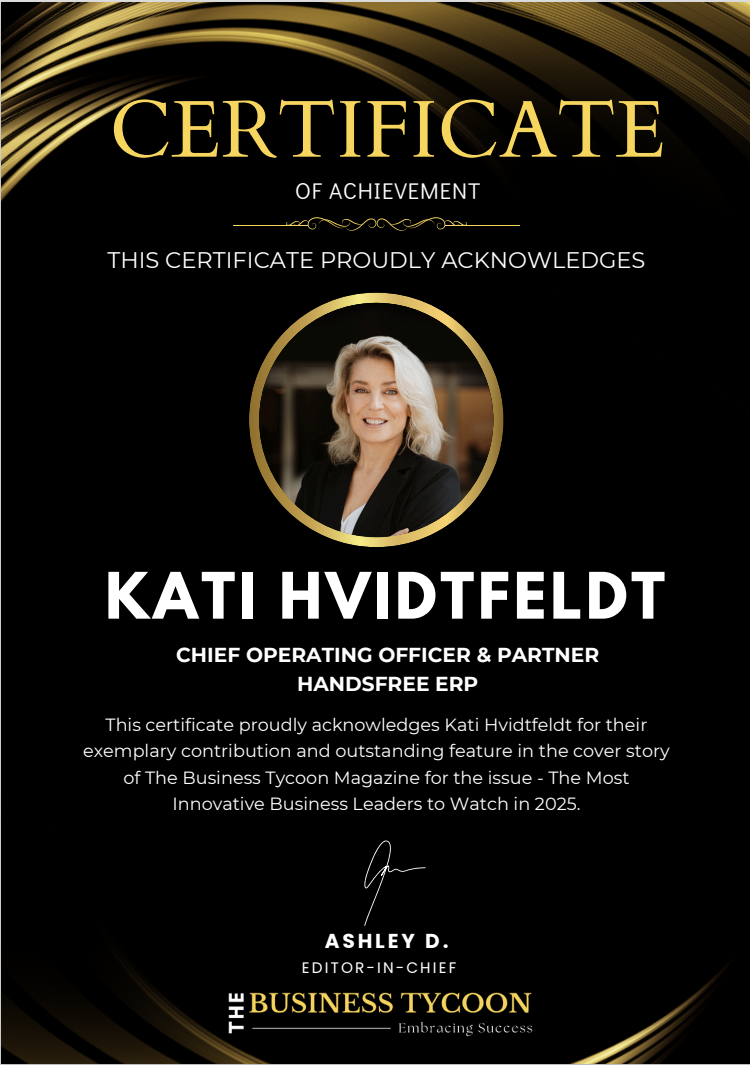




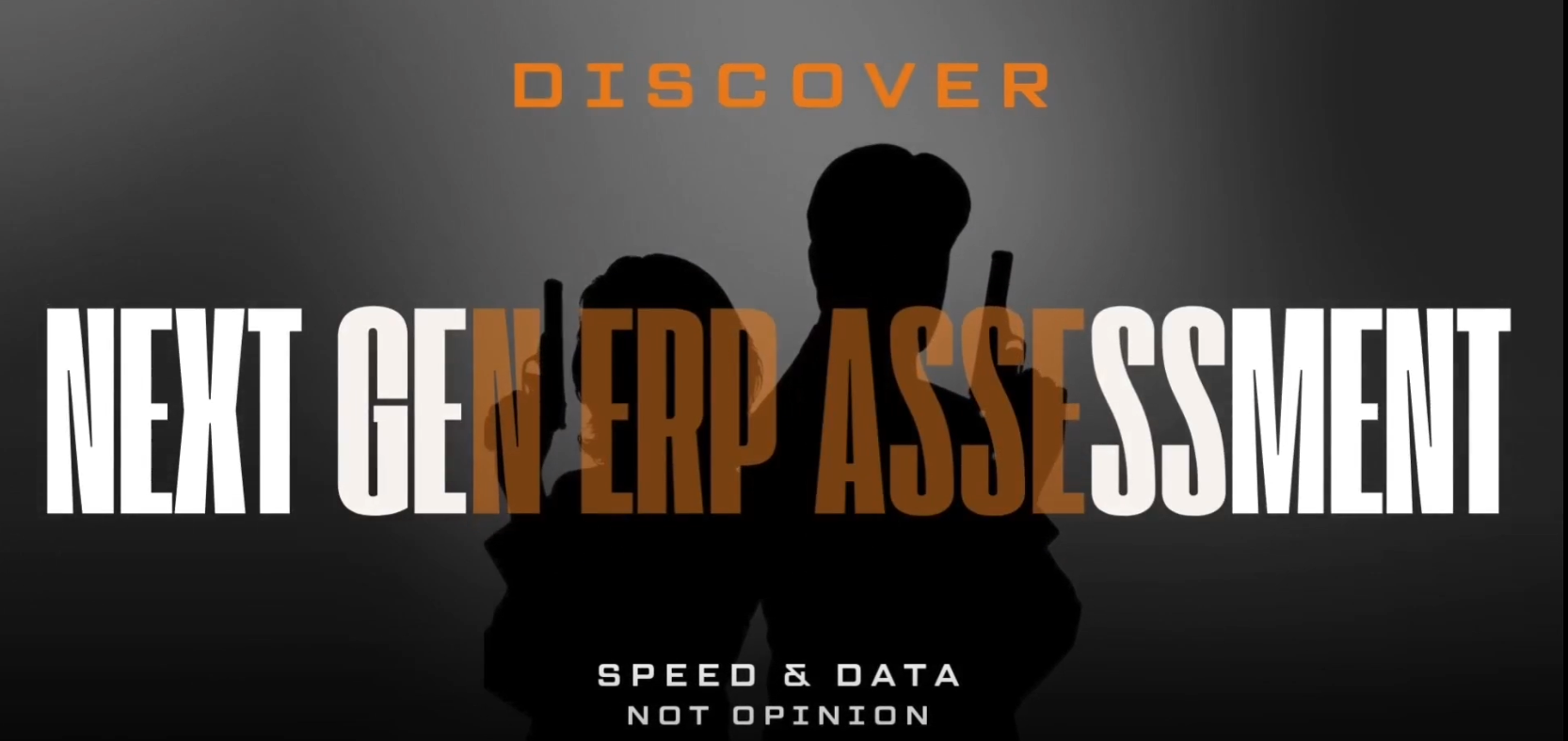

 >
> >
>
